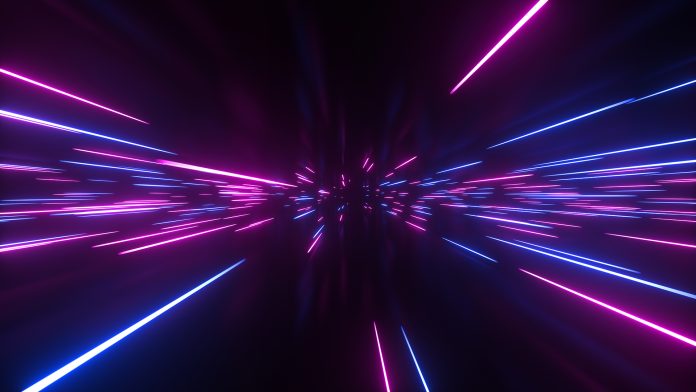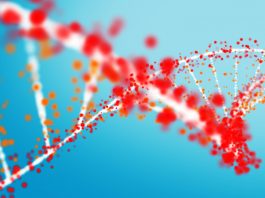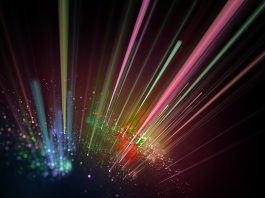An international research team has established guidelines that will be valuable for the discovery of new defect-based quantum systems.
The team includes researchers from the US Department of Energy’s (DOE) Argonne National Laboratory, the University of Chicago, and scientific institutes and universities in Japan, Korea, and Hungary. Their guidelines for defect-based quantum systems were published in Nature Reviews Materials.
“We are especially proud of our guidelines because intended users extend from veteran quantum scientists to researchers in other fields and graduate students hoping to join the quantum workforce,” commented Gary Wolfowicz, assistant scientist in Argonne’s Center for Molecular Engineering and Materials Science division, along with the University of Chicago Pritzker School of Molecular Engineering.
Such systems could have applications in a variety of areas including quantum communications, sensing, and computing, which could have groundbreaking potential to change life as we know it. For example, advancements in quantum communications could distribute quantum information safely over long distances, making a quantum internet a real possibility.
The group of researchers developed their design guidelines centred around a broad review of the vast body of knowledge acquired over recent decades on spin defects in solid-state materials.
“The defects that interest us here are isolated distortions in the orderly arrangement of atoms in a crystal,” explained Joseph Heremans, a scientist in Argonne’s Center for Molecular Engineering and Materials Science division, as well as the University of Chicago Pritzker School of Molecular Engineering.
These distortions could include holes created by removing atoms or impurities added as dopants and can trap electrons in the crystal. Electrons have a novel property known as spin, which behaves as an isolated quantum system.
“Spin being a key quantum property, spin defects can hold quantum information in a form that physicists call quantum bits, or qubits, in analogy with the bit of information in classical computing,” said Wolfowicz.
In recent decades, researchers have been studying spin defects to develop a variety of proof-of-concept devices, but research has been focused on a limited number of optimal candidate qubits.
“Our field has had a somewhat narrow focus for many years,” explained Christopher Anderson, a postdoctoral scholar in the University of Chicago Pritzker School of Molecular Engineering. “It was like we only had a few horses in the quantum race. But now we understand that there are many other quantum horses to back, and exactly what to look for in those horses.”
The developed guidelines incorporate the properties of the defects and the material that hosts them. The crucial defect properties are charge state, spin, and optical.
Possible solid-state materials include more studied materials like silicon, diamond, and silicon carbide, as well as other materials, such as a variety of oxides. The guidelines indicate that these materials all have different benefits and drawbacks.
“Our guidelines are there for quantum scientists and engineers to assess the interplay between the defect properties and the selected host material in designing new qubits tailored to some specific application,” Heremans commented.
“Spin defects have a central role to play in creating new quantum devices, whether they be small quantum computers, the quantum internet, or nanoscale quantum sensors,” continued Anderson. “By drawing upon the extensive knowledge on spin defects to derive these guidelines, we have laid the groundwork so that the quantum workforce — now and in the future — can design from the ground up the perfect qubit for a specific use.”
“We are especially proud of our guidelines because intended users extend from veteran quantum scientists to researchers in other fields and graduate students hoping to join the quantum workforce,” noted Wolfowicz.
The team’s research also sets the foundations for developing scalable semiconductor quantum devices: “Our team’s guidelines will act as a blueprint to help direct the Q-NEXT mission in designing the next generation of quantum materials and devices,” added David Awschalom, senior scientist in Argonne’s Materials Science division, Liew Family Professor of Molecular Engineering at the University of Chicago Pritzker School of Molecular Engineering, and director of both the Chicago Quantum Exchange and Q-NEXT. “When it comes to quantum technologies with spins, this work sets the stage and informs the field how to move forward.”









